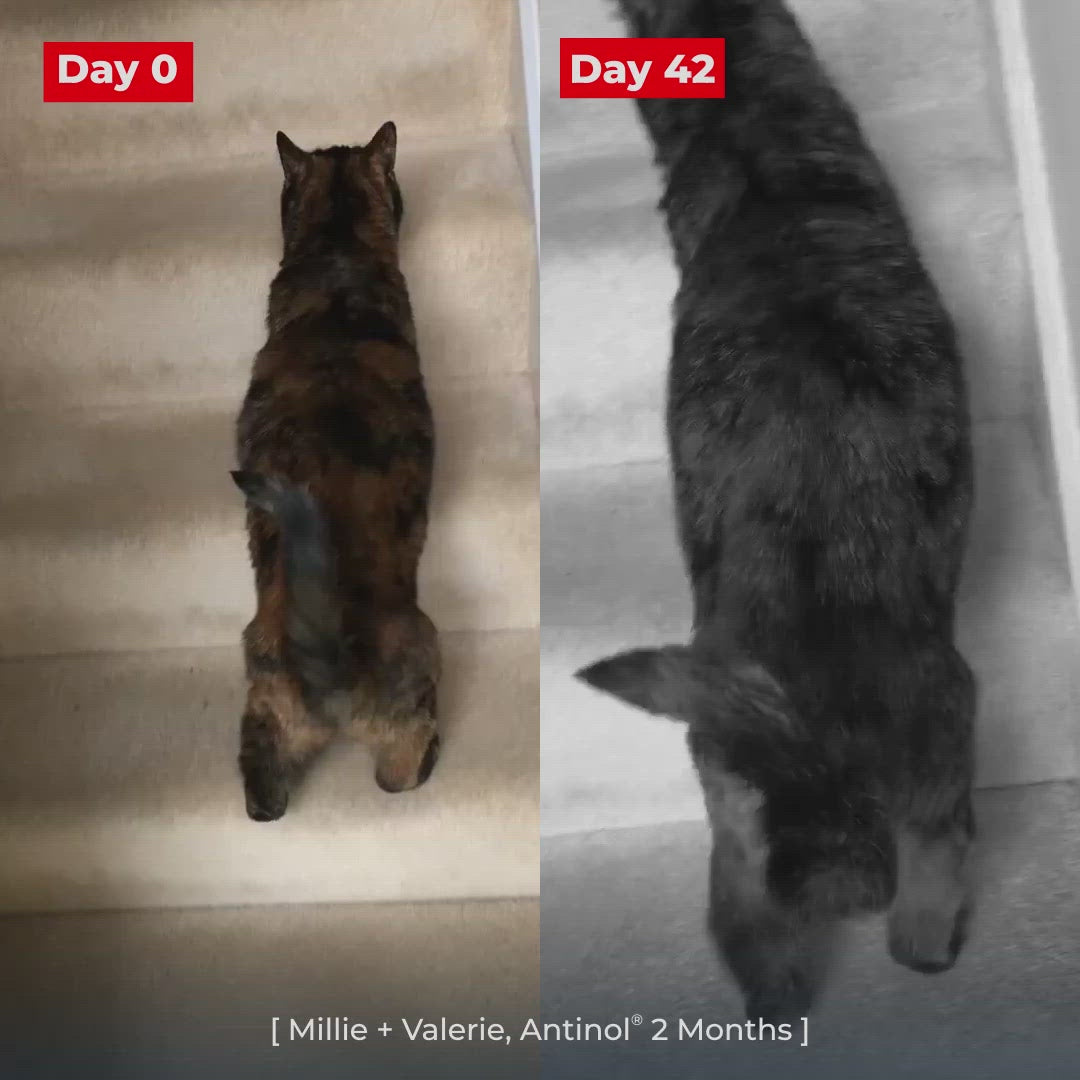How Can we Find Out if Our Dog has Hip Problems?
Body
Hip problems in dogs can arise at any stage of development, but are more common during the growth stage. To avoid hip difficulties, the ball of the femur (or thighbone) and the socket in the pelvis (the acetabulum) should expand at the same rate during growth.
When the thighbone and acetabulum do not expand at the same rate, the dog's hip joint loosens, resulting in joint dysfunction and pain. The cartilage and bones of the damaged hips begin to wear away as the dog matures. This causes arthritis, muscular atrophy, and decreased movement over time.

Hip dysplasia in pets
Uniform growth of the thighbone and acetabulum does not occur throughout the early years of the pet's growth in hip dysplasia, a common issue associated with dog and cat hip pain. This causes joint laxity or looseness, which leads to degenerative joint disease or osteoarthritis as the body seeks to stabilize the loose hip joint.
The extent of the lameness that results is usually determined by the extent of the arthritic changes that occur as the body tries to stabilize the hip joint. This level of lameness, however, may not be related to the look of the hip joint on an x-ray.
This is due to the fact that some pets with considerable evidence of hip dysplasia or osteoarthritis on x-rays may not show any clinical indicators, whereas others with little evidence on x-rays may endure severe discomfort and lameness. Hip and joint problems in dogs and cats, therefore, necessitate meticulous diagnostics to obtain an accurate picture of the issue.
Causes of hip dysplasia in pets
Hip dysplasia in pets is a genetic illness that is influenced by elements such as nutrition, environment, training regimen, development rate, muscle mass, and hormones.
Because the condition is more common in large breed dogs, puppies of this breed should be kept at a normal, lean weight during their growth rather than overfed and encouraged to become huge.
How to tell if your dog has hip problems
Physical examination, x-rays, radiological tests, a biopsy of the afflicted hip, and blood work can all be used to determine whether your dog has hip problems.
- Physical examination
The earliest indicators of hip problems in your dog are weakness and pain in the hind legs. In general, the dog will appear shaky and hesitant to rise from a sitting or reclining position. Some dogs will limp or be hesitant to climb stairs.
You can discover these symptoms in your puppy as early as a few months after birth; however, the most usual time for the symptoms to appear clearly is one to two years after birth.
- X-rays
If your dog has modest hip dysplasia that can only be shown on x-rays, it may develop minimal arthritis without showing clinical indications. Such symptoms may only appear as they age.
According to leading veterinarians, while some dog hip disorders begin in the formative years, most dogs do not develop the clinical indications that can be used to determine they have hip problems until they are older. This is due to the fact that it takes years of slow bone degradation for a dog to become symptomatic of hip problems.
- Radiograph tests
To be certain if your dog has hip abnormalities, including hip dysplasia, a hip radiograph should be performed under general anesthesia. If you suspect your pet has hip dysplasia, make an appointment to get it radiographed as soon as possible. This ensures that you begin feeding the pet the necessary vitamins for hip dysplasia in dogs and cats. You should search for palpable joint laxity as a warning indicator.
- Biopsy
Your veterinarian can assess whether or not your dog has joint disease by sampling a bit of the joint inside. If it is discovered that the dog has a joint problem caused by an infection, antibiotics can be administered to eradicate the infection, and your dog will heal completely.
- Blood-work
This entails determining whether the joint problems were caused by an autoimmune illness. Autoimmune illnesses occur when a dog's immune system targets healthy cells. If blood tests show that the dog's immune system is attacking cartilage or synovial fluid, a combination of steroids and immune suppressants may be required to correct the problem.
Get help to treat your dog’s hip problems.
If your dog has hip difficulties, get assistance or more information on how to treat the ailment. You can seek advice from pet-health professionals such as Antinol USA, your veterinarian, or another dog owner who has had a similar experience with his or her dog.
Eventually, you'll have to put the dog on medication. The clinical indicators and level of discomfort experienced by the pet mainly determine the pet’s treatment for hip disorders. There are non-steroidal anti-inflammatory drugs (NSAIDs) that are quite effective and have few side effects that can benefit your dog.
Your veterinarian may also suggest alternative or complementary drugs and techniques to help your dog obtain the relief he or she needs.










Comments